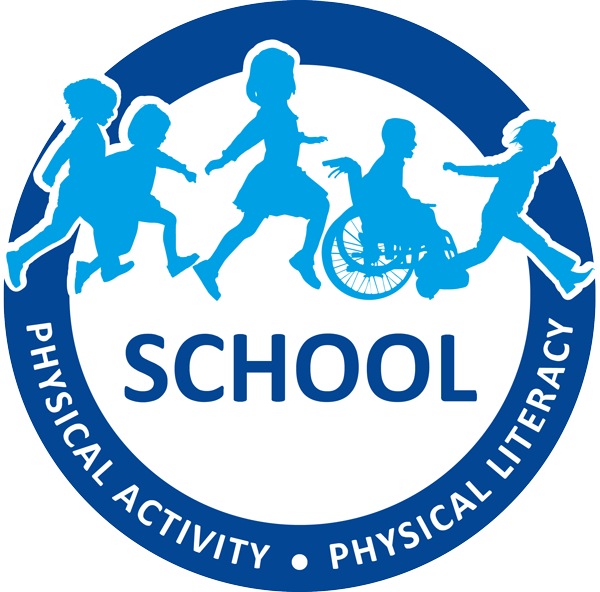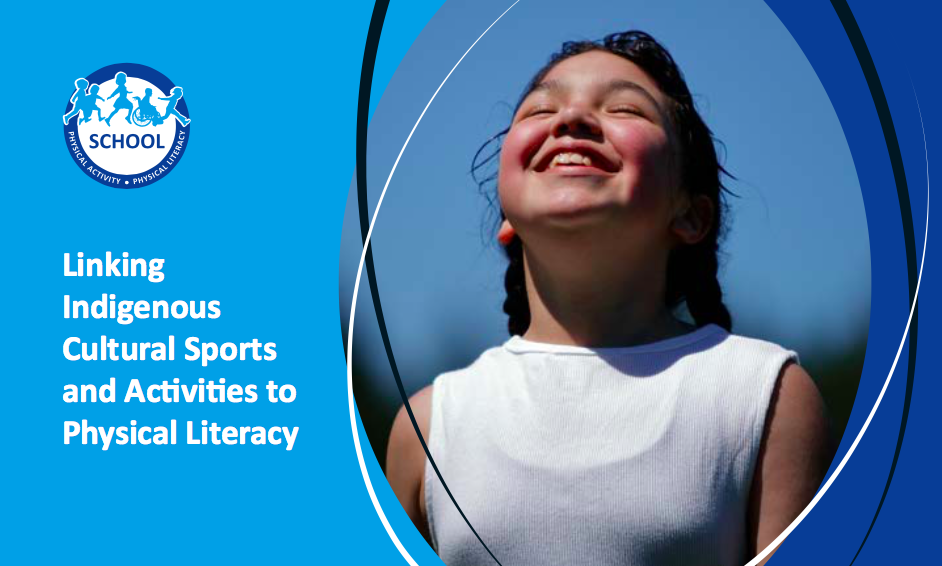Using the project’s Linking Indigenous Cultural Sports and Activities to Physical Literacy card set, you can engage your students in cultural activities and reflection questions to support their physical literacy development.
When it comes to Indigenous knowledge, it is important to understand where students are in their traditional activity experiences. For various reasons, many Indigenous students do not have access to traditional activities. We encourage educators to lead group discussions to develop an understanding of where their students are in their traditional activity journey.
Play music, head outdoors if possible, and most importantly, have fun! Here are a few ways you could use the cards with your class:
- Create Student-led Games: Allow students to lead the designing and conducting of physical activities inspired by the cultural activity card set. Encourage creativity and inclusive participation.
- Mentorship and Guessing Game: Organize a mentorship role where students share their knowledge of a specific cultural activity with their peers.
- Storytelling and Physical Literacy: Invite students to share personal stories of how physical literacy has impacted their lives. Encourage them to envision a future where physical literacy is central to their well-being.
- Lessons from Ancestors: Reflect on the role of parents, grandparents, community members and Elders in physical literacy experiences. Encourage students to think about the lessons they would like to pass on to future generations.
- Self-Reflection and Growth: Help students appreciate their progress in becoming physically literate individuals. Emphasize that learning takes time, and it’s okay to make mistakes along the way.
By integrating the First Peoples Principles of Learning, we celebrate diversity and foster a deeper connection with physical literacy. Let’s embark on this journey together, recognizing the importance of cultural heritage and the growth physical literacy can bring to our lives.
Access the Linking Indigenous Cultural Sports and Activities to Physical Literacy card set here.
I•SPARC would like to thank the hard work and commitment of the working group for this resource, composed of Indigenous leaders, educators and physical literacy experts.


